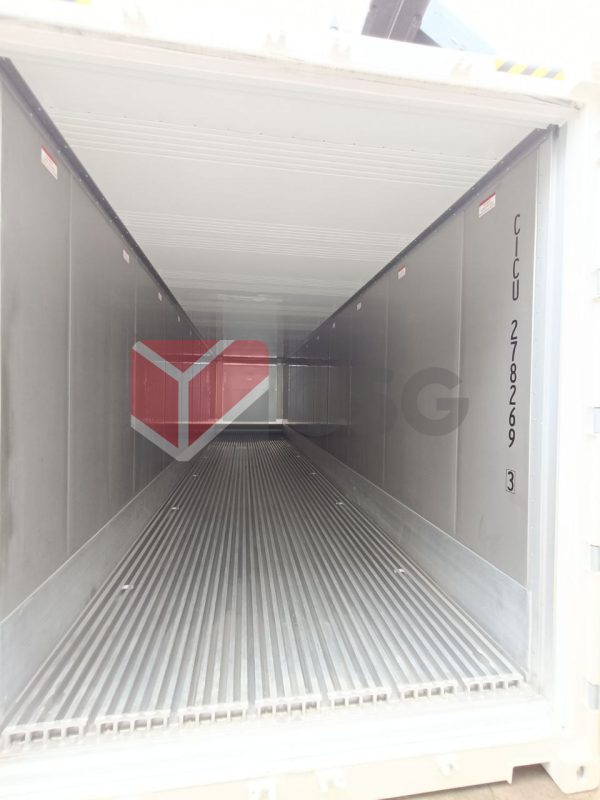From Shipping Container to Stylish Studio: Interior Design Tips

Shipping containers have evolved far beyond their original use as simple cargo carriers. With the rise of sustainable living and innovative design, these rugged structures are being transformed into chic, functional studio spaces. Whether you’re considering a shipping container as a tiny home, office, or creative studio, here’s how to turn your container into a stylish and inviting space with some interior design tips.
1. Plan Your Layout
Before diving into the aesthetics, it’s crucial to plan the layout of your container studio. Consider the container’s dimensions and how you’ll use the space. A standard 20-foot container provides about 160 square feet of space, while a 40-foot container offers around 320 square feet. Decide on the key areas you need: sleeping, working, cooking, and storage. Sketch a floor plan to visualize the arrangement and flow of the space.
2. Optimize Natural Light
Shipping containers often have limited windows, so maximizing natural light is essential. If possible, install large windows or glass doors on one or more sides of the container. Skylights can also add brightness and make the space feel more open. Choose window treatments that allow light to filter through while maintaining privacy, such as sheer curtains or blinds.
3. Choose a Light Color Palette
A light color palette can make a small space feel larger and more airy. Opt for neutral tones like whites, creams, and light grays for walls and ceilings. These colors reflect light, enhancing the natural brightness of the container. You can add pops of color through accessories, artwork, or textiles to create visual interest without overwhelming the space.
4. Incorporate Multifunctional Furniture
In a small studio, every inch of space counts. Choose multifunctional furniture that serves more than one purpose. For example, a sofa bed can double as a guest bed, and a dining table with built-in storage can keep clutter at bay. Wall-mounted shelves and foldable tables are great for maximizing floor space. Consider modular furniture that can be rearranged or expanded as needed.
5. Create Distinct Zones
Even in a compact space, it’s important to create distinct zones for different activities. Use area rugs, different wall colors, or furniture arrangements to delineate the living, working, and sleeping areas. This separation can help the space feel more organized and functional. For example, place a rug under the bed area to define the sleeping zone and a desk with a chair in a corner to establish the workspace.
6. Embrace Vertical Space
Make the most of your container’s vertical space by using tall shelving units and wall-mounted storage. Floating shelves and wall hooks can keep essentials within reach while saving floor space. Vertical storage solutions not only help with organization but also draw the eye upward, making the space feel taller and more open.
7. Incorporate Natural Materials
To soften the industrial look of the container, incorporate natural materials like wood, stone, and plants. Wooden floors, accent walls, or furniture pieces add warmth and texture to the space. Potted plants or hanging planters bring a touch of nature indoors, enhancing the studio’s ambiance and improving air quality.
8. Add Personal Touches
Personalize your container studio with decor that reflects your style and personality. Artwork, decorative pillows, and unique knick-knacks can make the space feel like home. Incorporate elements that inspire you and make you feel comfortable, whether it’s a cozy reading nook, a gallery wall, or a collection of vintage items.
9. Ensure Proper Insulation
Insulation is crucial for maintaining a comfortable temperature inside your shipping container. Invest in high-quality insulation materials to keep the space warm in the winter and cool in the summer. Insulation can be installed in the walls, floor, and ceiling, and should be complemented by proper ventilation to prevent condensation and mold growth.
10. Focus on Lighting
Good lighting can transform the ambiance of your studio. In addition to natural light, incorporate various types of artificial lighting, such as overhead lights, task lights, and ambient lighting. Use dimmable lights to adjust the mood and functionality of the space. Floor lamps and table lamps can also add warmth and style to different areas of the studio.
Conclusion
Transforming a shipping container into a stylish studio is an exciting opportunity to create a unique and functional space. By carefully planning the layout, optimizing natural light, and incorporating thoughtful design elements, you can turn a utilitarian container into a chic and comfortable studio that suits your needs and reflects your personal style. With these interior design tips, your shipping container can become a modern and inviting space that you’ll enjoy for years to come.

